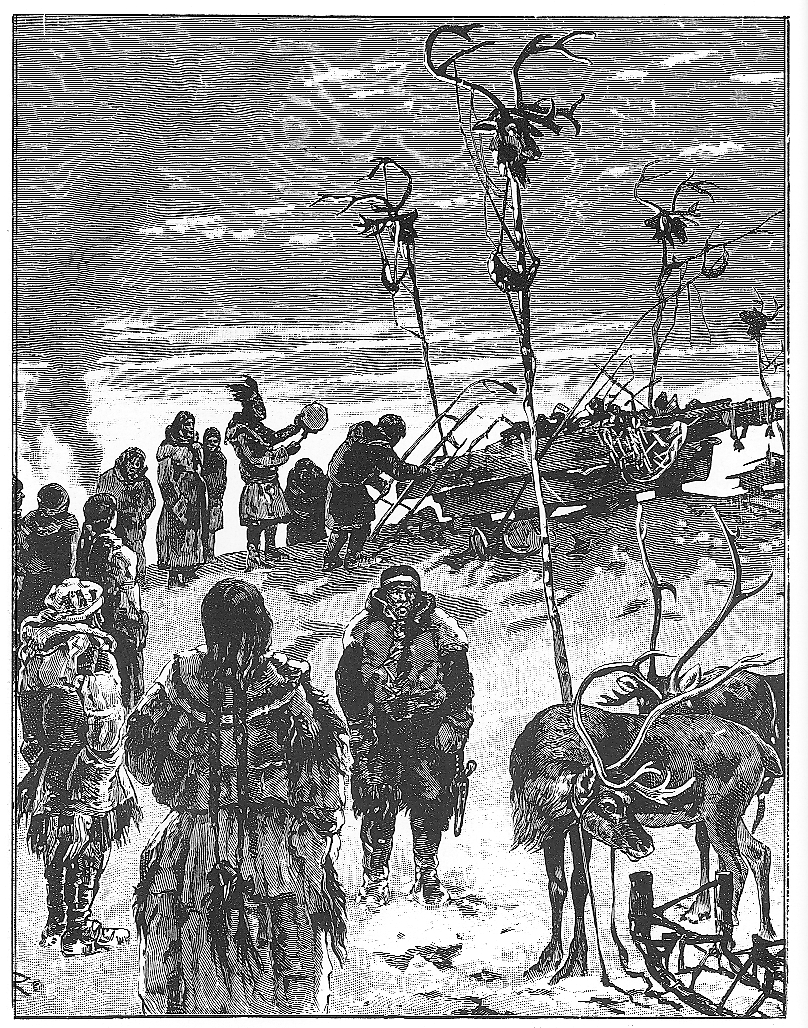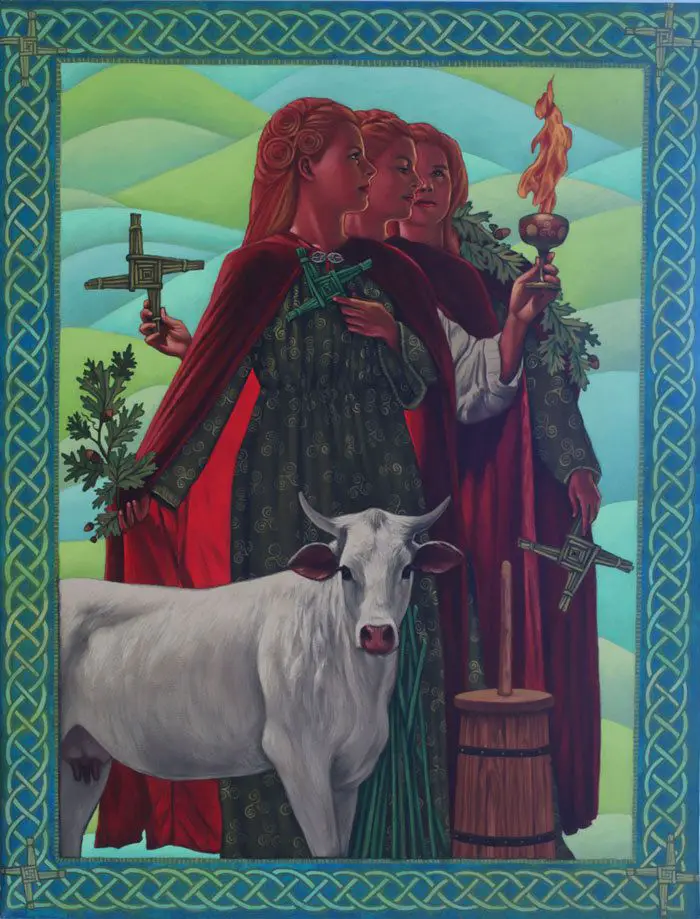Tag: Wolf
Shamanic initiation and the ways of the afterlife in the North American tradition
Similarly to the European tradition, also the North American one recognizes in the period of the winter solstice the "gateway" to the world of the dead and of the spirits and, therefore, the suitable time for youth initiations and masked ceremonies, including the Iroquois one of the “False Faces” and the kwakiutl one of the “Cannibal Spirit”. These beliefs and practices, as well as the analysis of shamanic journeys to the "Village of the Spirits", allow us to understand the doctrines of the native peoples of North America on the various souls that make up the human being and on the relationship entertained by the living with the spirit world. .
Archetypal Lycanthropy: "Man Becomes Wolf" by Robert Eisler
The mythical anthropological essay by Robert Eisler, an eccentric masterpiece of erudition that investigates the origins of violence and cruelty, returns to Italian bookstores in a new edition.
Turan, the land of wolves
Journey to discover the founding myths of the warrior and deeply religious nature of the people who over the centuries have traveled, occupied and inhabited the vast geographical area of Turan.
Spiritual Animals: Native Traditions of Subarctic Canada
The 'spiritualization' of animals and their respective archetypal functions in the holistic view of the Native Americans of the far north
Imbolc, the triple goddess Brigit and the incubation of spring
Behind the Christian mask of Candlemas and Santa Brigida, the beginning of February brings us back to the ancient pre-Christian festivities concerning the Triple Goddess and the expectation of the imminent rebirth of nature.
Lupercalia: the cathartic celebrations of Februa
by Ascanio Modena Altieri
originally published on The Dissident Intellectual
The first rays of the civilization of Rome and of the Italian national myth begin their grandiose work among the districts of the Earth. The Palatine Hill is home to the she-wolf, the nurse, savior of the divine couple of infants from the waters of the Tiber and from the evil king of Alba Longa Amulio. On the slopes of the future Colle dei Principi, with tall oaks and fabulous woods, is the Lupercale, the mythical cave, home of the fatal fair, where the blood of the prey and the milk of the breasts mix in a combination of colors that, between a few centuries, it will become an imperishable ritual and celebratory imprint. However, aids to the auspicious destiny could not be delayed: the consanguineous shepherds, Faustulus and Plistinus, found the two nobles in swaddling clothes and, with the sacred consent of the feminine beast, decided to take the two to their hut on the hill, ready one day, to tell which most dignified blood is what gushes in their veins. In the beginning it was Acca Larenzia, wife of Faustolo, who took care of the children of the God Mars and of Rhea Silvia, in the house on the Palatine, until the two appropriated, in different ways, the already marked fate.
Metamorphosis and ritual battles in the myth and folklore of the Eurasian populations
di Marco Maculotti
The zoomorphic metamorphosis topos is widely present in the folkloric corpus of a large number of ancient traditions, both from archaic Europe (on which we will focus mainly in this study), and from other geographical areas. As early as the fifth century BC, in Greece, Herodotus mentioned men capable of periodically transforming themselves into wolves. Similar traditions have been documented in Africa, Asia and the American continent, with reference to the temporary metamorphosis of human beings in fairs: bears, leopards, hyenas, tigers, jaguars. Sometimes, in some historically documented cases of the ancient world (Luperci, Cinocefali, Berserker) "The paranormal experience of transformation into an animal takes on collective characteristics and is at the origin of initiatory groups and secret societies" (Di Nola, p.12).








